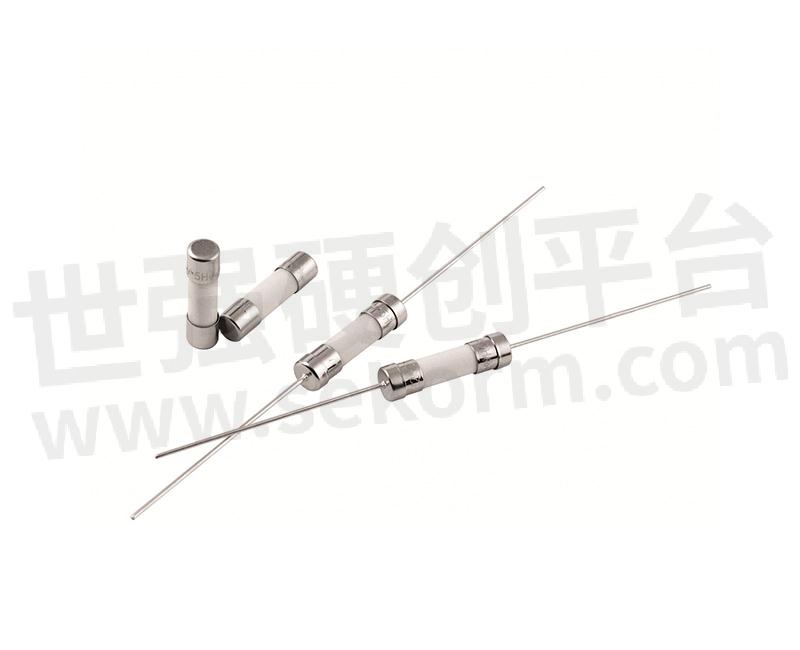What is the Reason Why the Fuse Keeps Burning Out?

Using a fuse that is too small can easily burn out and cause power outages, while using one that is too large may cause damage to electrical equipment. So for safety reasons, to ensure the "safety" of the fuse, the following points should be noted:
(1) Do not use fuses that are too thin. Using thin fuses can easily cause the normal current passing through to burn out, resulting in unnecessary power outages;
(2) Suitable fuses must be selected and used, and the melting current of fuses is usually 1.5 to 2.0 times the rated current. If the total power of all appliances in a household eXCeeds 1100 watts during normal electricity use, choose a 5 ampere fuse and use a 20 gauge fuse with a diameter of 0.98 millimeters. When the current exceeds 7.5 amperes to 10 amperes, the fuse will automatically melt to achieve protection;
(3) When installing fuses on power switches, live operation is not allowed. The power switch should be pulled open to disconnect the power supply;
(4) Wrap the fuse clockwise around the fastening screw and tighten the screw with a gasket until it is securely fastened. Do not apply too much force or compress the fuse too tightly; In addition, the fuse should not be pulled too tightly between the other fastening screws, and there should be a margin to prevent damage to the fuse. Normally, the power switch and fuse must not be exposed and must be covered with a rubber wooden cover to ensure safety;
(5) If the selected and used fuse meets the specifications but frequently experiences fuse melting, it indicates that there is a problem with the electrical circuit and equipment. An electrician should be promptly consulted to identify the cause and eliminate the hidden danger. Do not replace coarse fuses at will or simply replace them with copper wire, iron wire, etc.
(6) For fuse melting in daily use: The first situation is when the middle is broken but both sides are intact, which is caused by excessive load current leading to fuse melting or fuse damage, resulting in a decrease in melting point, but the current is not too high. The second situation is that when the fuse is blown, all the fuses will melt, and there will be burn marks and black and white gray near the fastening screw. This is caused by a momentary short circuit of the power supply and a large short-circuit current. Therefore, it is necessary to eliminate the fault before installing a new fuse. It is not advisable to blindly install thicker fuses without identifying the cause. To prevent damage to electrical appliances and fire hazards.
- +1 Like
- Add to Favorites
Recommend
- Determine if the Fuse is Burning (Fuse)?
- The Difference between Fuses and Fuses
- Repair Methods for Fuses -0805 Fuses
- Very Fast Acting Fuse PICO® II Fuse Series, Designed for Battery Management System | Littelfuse
- Calculation Method for Melt Current of Fuse Fuses
- The Difference between Self Recovery Fuse and Blown Fuse
- The Location where the Fuse is Connected to the Circuit and Connection Method of Patch Fuse in Circuit
- Littelfuse expands its fuse manufacturing operation in China, Cuting Customer Order Fulfillment Lead Time by Half
This document is provided by Sekorm Platform for VIP exclusive service. The copyright is owned by Sekorm. Without authorization, any medias, websites or individual are not allowed to reprint. When authorizing the reprint, the link of www.sekorm.com must be indicated.






























































































































































































































































































































































































































































































































































































































































































































































































































































































